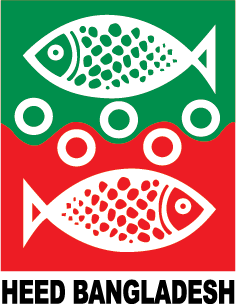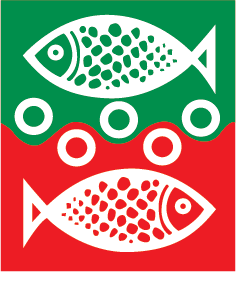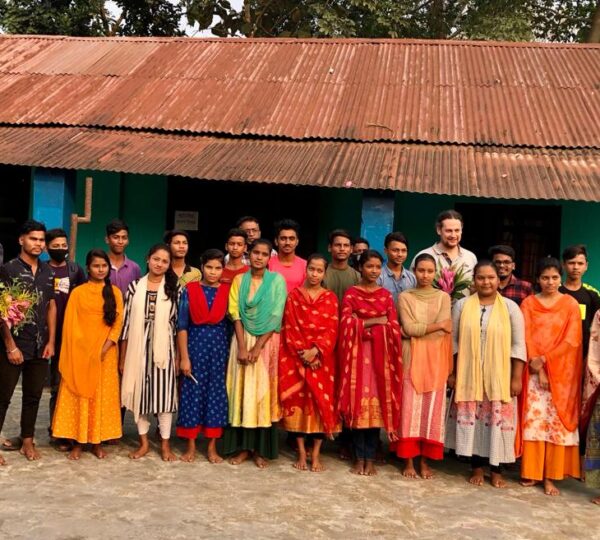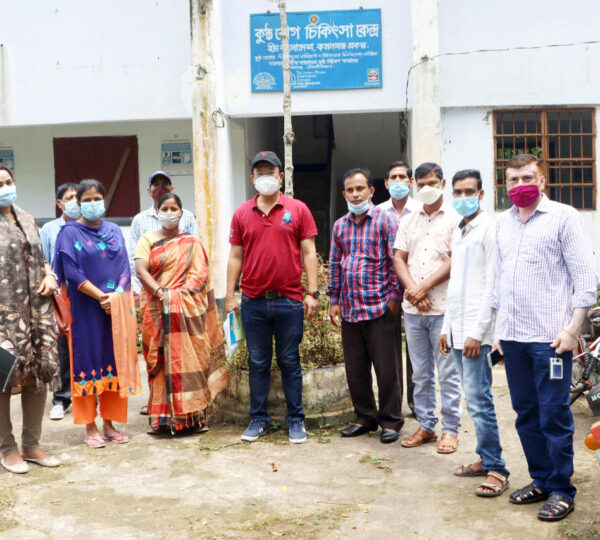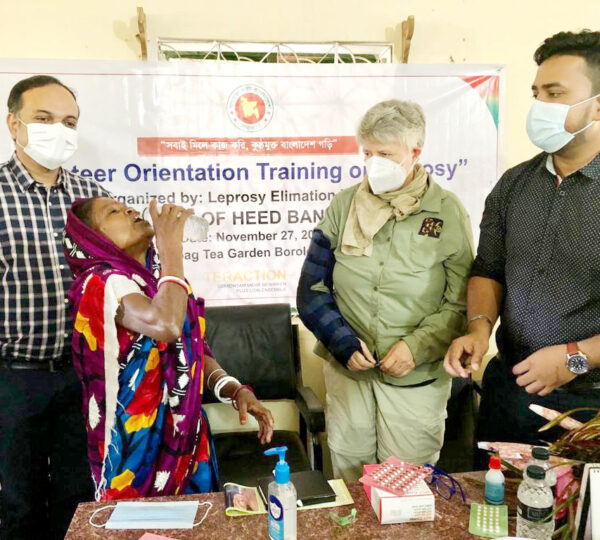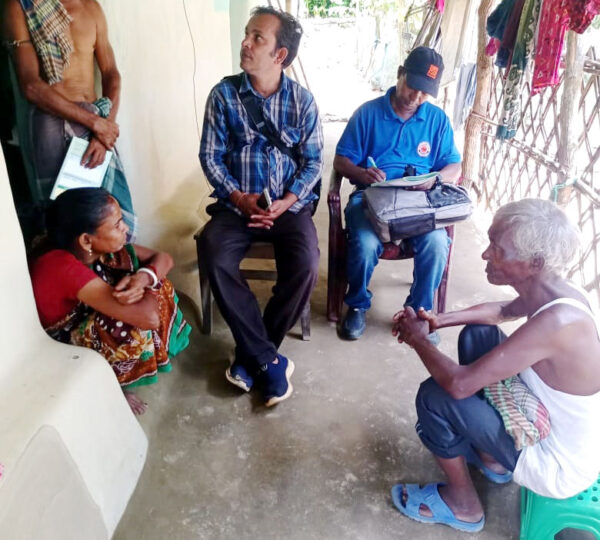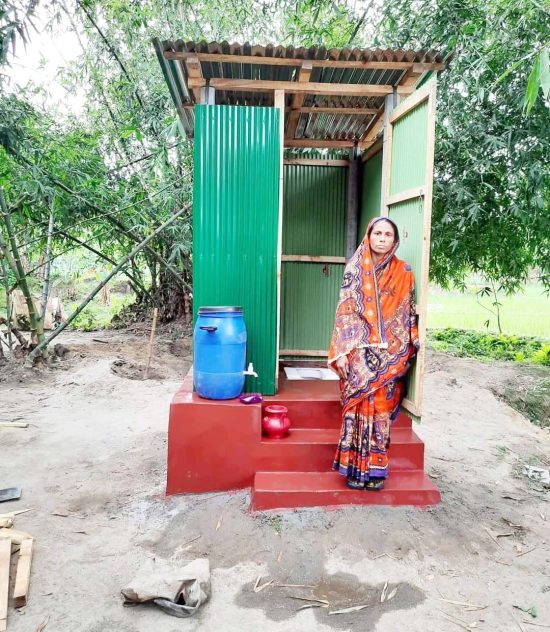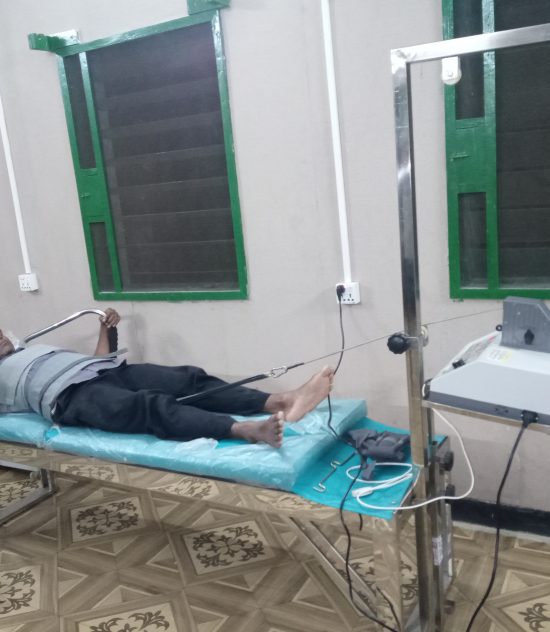Leprosy Eliminating Program
In Greater Sylhet by HEED Bangladesh since 1976
The vision is “zero leprosy”, which includes zero infection and disease, zero disability and zero stigma and discrimination. Over the next eight years, this strategy is expected to make a meaningful contribution towards this vision. Under goal, there is a paradigm shift from ‘elimination as a public health problem’ to ‘elimination” (interruption of transmission or absence of new disease).
Leprosy control contributes to at least three Sustainable Development Goals (SDGs): SDG 3 (good health and well-being for people, which includes Universal Health Coverage (UHC) or “leaving no one behind”), SDG 10 (reduced inequalities) and SDG 17 (partnerships for the goals).
HEED Bangladesh is working for Leprosy since 1976 in Sylhet division with a view to eliminating leprosy. At present The Leprosy Mission International Bangladesh (TLMIB) is donating funds for leprosy program of HEED Bangladesh.
At present HEED Bangladesh is actively conducting activities in Moulvibazar, Habiganj and Sylhet districts under AEP, L-360 and Acts Leprosy Project.
Goal:
Leprosy free Bangladesh within 2030 on zero transmission of disease, zero disability, zero child leprosy and zero stigma.
Objectives:
• Leprosy- early instance detection
• Successful completion of Multi Drug Therapy (MDT)
• Generate leprosy awareness for community people
• Economic empowerment of leprosy sufferer
• Build up a leprosy free Bangladesh
The strategy is built along four main pillars:
• Implement integrated, country-owned zero leprosy roadmaps in all endemic countries
• Scale up leprosy prevention alongside integrated active case detection
• Manage leprosy and its complications and prevent new disability
• Combat stigma and ensure respecting human rights
Activities:
• Organize Skin Campaign
• Clinical Information (CI) for patient’s family members
• Income Generating Activity (IGA)
• Ensure MDT supply and Patients’ follow up.
• Conduct Survey for early detection of Leprosy affected people
• Community awareness and School going students’ awareness
• Leprosy affected patients’ group formation and motivation for saving and loan utilization
In summary, the Global Leprosy Strategy 2021–2030 provides basic directions, goals, challenges and strategic pillars at a global level. Countries – both high and low-burden – should adopt the strategy and then adapt its targets and strategic pillars to their specic national and subnational contexts.
Runi's story of self-reliance:
Growing up in the Shamsernagar tea garden, Runi had many dreams of studying and doing something for the family. Runi’s mother, Moni Mridha is a tea plantation worker and father Mahesh Mridha is a day laborer. She has seven siblings. Runi was an SSC candidate in 2014 but her studies stopped there due to the financial crisis.
Runi lived through economic poverty, not being able to study and depression. Later, HEED Bangladesh selected her as a beneficiary of the Learning-360 Project. She was trained in sewing with the help of the project.
After successfully completing her sewing training, she came home and collected an old sewing machine and started doing a small business. She is not able to pay for the shop due to lack of financial capacity. She does a little by taking some orders through the neighbors. Later, she received an order to make 1000 masks through HEED Bangladesh. This is the first major order after the training she got.

With the help of HEED Bangladesh, she got the training opportunity and then got the working opportunity. She feels that it is a first step towards self-reliance after receiving her training. It has helped her to develop a more enthusiastic and self-reliant attitude towards work. If she gets more opportunities for this kind of work, her field of work will expand much more and she will be more self-reliant.
